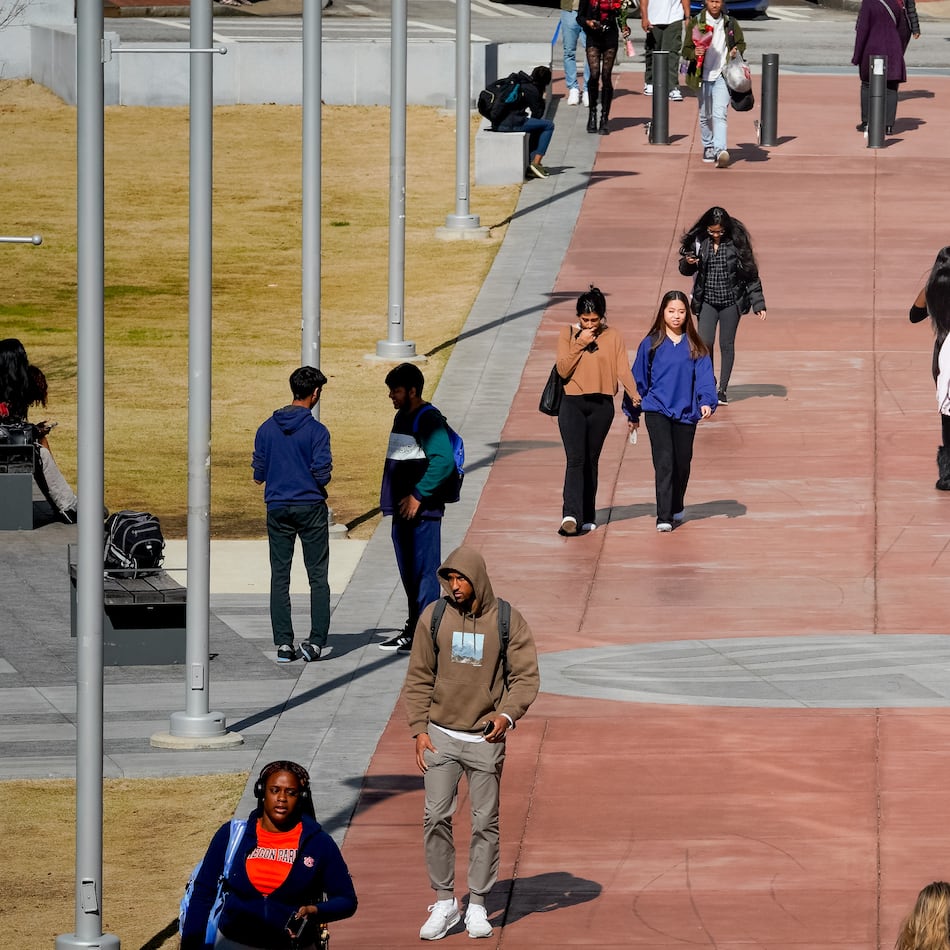The moral panic surrounding President Donald Trump’s recent executive order on homelessness reveals just how far we’ve drifted from rational policymaking.
Critics are hyperventilating about “criminalizing” homelessness and the return of “forced institutionalization‚” but they’re missing the forest for the trees. When two-thirds to three-fourths of homeless individuals suffer from mental health disorders and nearly half are in the throes of addiction, pretending this is simply a housing crisis is willful blindness.
What’s more, not giving these Americans the treatment Trump’s order calls for, the treatment they need via institutionalization, is cruel while treatment, even if forced, is compassionate.
Trump’s order represents a call for a necessary course correction after decades of failed policy. While America indisputably has a massive housing shortage, the majority of our homeless population aren’t people who simply need affordable housing — what they need is intensive, supervised medical treatment that our current “community-based” system has utterly failed to provide.
State hospitals closed as mental health needs grew
Credit: Hand
Credit: Hand
Here in Milledgeville, where I live and teach, the consequences of deinstitutionalization are visible every day. Central State Hospital, once the world’s largest mental health facility, sits abandoned like a postapocalyptic monument to policy failure.
At its peak in the 1960s, it housed up to 13,000 patients on 2,000 acres with 200 buildings. Today, those same buildings, several of which are literal dormitories, rot while much of our homeless population suffers from the exact conditions this facility was designed to treat.
This isn’t coincidence — it’s cause and effect.
The deinstitutionalization movement that began in the 1950s and accelerated through the 1960s was supposedly about “humanizing” mental health care. The Community Mental Health Act of 1963 promised that closing state hospitals and moving patients to community-based care would be more compassionate and effective.
We were wrong.
The promised community mental health centers were never adequately funded. Of the 1,500 centers originally envisioned, only about half were built, and those that opened were chronically underfunded. Meanwhile, state hospitals closed en masse — resulting in the number of psychiatric beds plummeting even as the population grew and mental health needs increased.
The result? What researchers call “transinstitutionalization” — moving mentally ill people from hospitals to jails, prisons, nursing homes and the streets.
Studies show that between one-third and one-half of the U.S. jail and prison population suffer from mental illness. We didn’t eliminate institutionalization; we just shifted it from medical facilities designed for treatment to correctional facilities designed for confinement and punishment.
‘Cuckoo’s Nest’ does not reflect reality of care today
Trump’s executive order acknowledges these uncomfortable truths. While the order can’t directly institutionalize people — that power belongs to states under our constitutional system — it uses federal funding as leverage to push states toward evidence-based policies.
By directing federal agencies to prioritize funding for states that actually address root causes through civil commitment and institutional treatment, it seeks to reverse decades of failed policy. States that enforce camping bans, use civil commitment laws and move people into treatment facilities will receive priority for federal grants to build programs that actually work, while those clinging to failed “housing first” approaches risk losing funding.
Critics invoke the specter of “One Flew Over the Cuckoo’s Nest,” but modern institutional care bears no resemblance to the horrors of mid-20th century asylums. Today’s facilities have oversight, medication management, evidence-based therapies and legal protections.
What they don’t have is the romanticized notion that severely psychotic or drug-addicted individuals will somehow achieve stability while living in tent encampments.
Critics will also claim the order “criminalizes” homelessness, but this misses the point entirely. The alternative to institutionalization isn’t freedom — it’s usually incarceration in the prison system or death. Homeless individuals have a higher risk of death than the general population, those with severe mental illness face even worse odds. How is slowly dying on the streets or rotting away in prison without treatment more humane than receiving care in a secure facility?
It isn’t.
Central State Hospital and thousands of facilities like it shouldn’t have been abandoned — they should have been reformed and modernized. Cities across America now resemble open-air asylums, with untreated mentally ill people suffering in public while activists demand we respect their “right” to deteriorate.
The choice isn’t between perfect community care and Victorian-era asylums. It’s between acknowledging that some people need intensive, supervised treatment in controlled environments versus abandoning them to the streets.
Trump’s executive order takes the first step toward rational policy based on evidence rather than wishful thinking. After 60-plus years of deinstitutionalization’s failures, it’s time to admit that some problems require institutional solutions.
Mentally ill Americans deserve better than our current system of benign neglect — they deserve care, even when they’re too sick to ask for it.
Nicholas Creel is an associate professor of business law at Georgia College & State University. The views expressed in this article are the writer’s own.
About the Author
Keep Reading
The Latest
Featured



